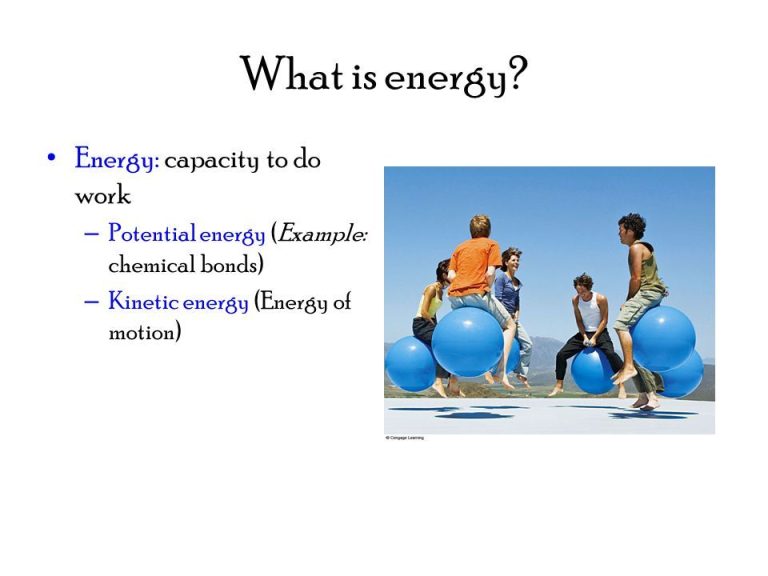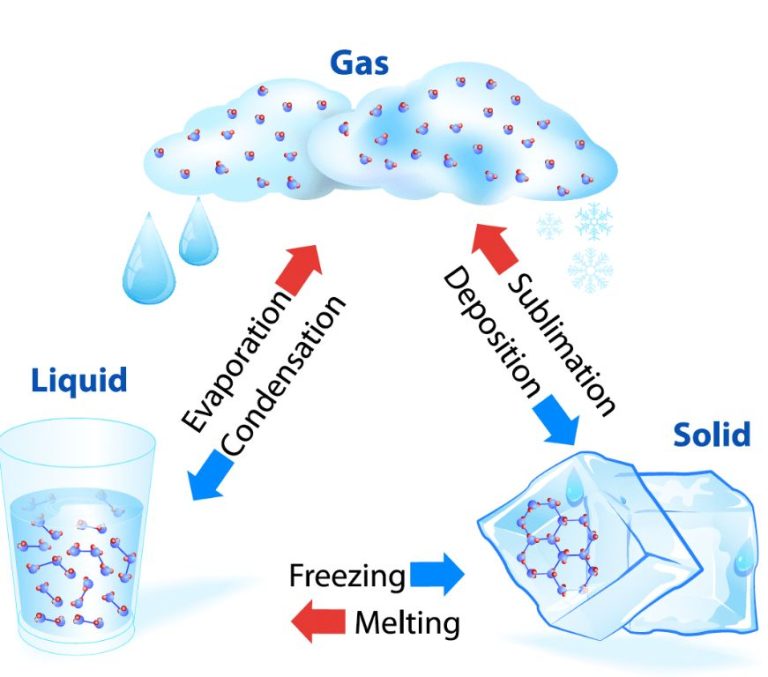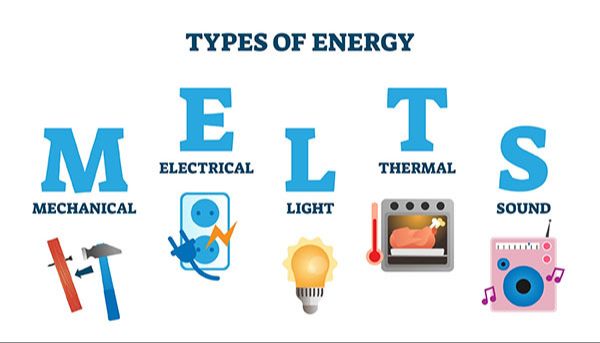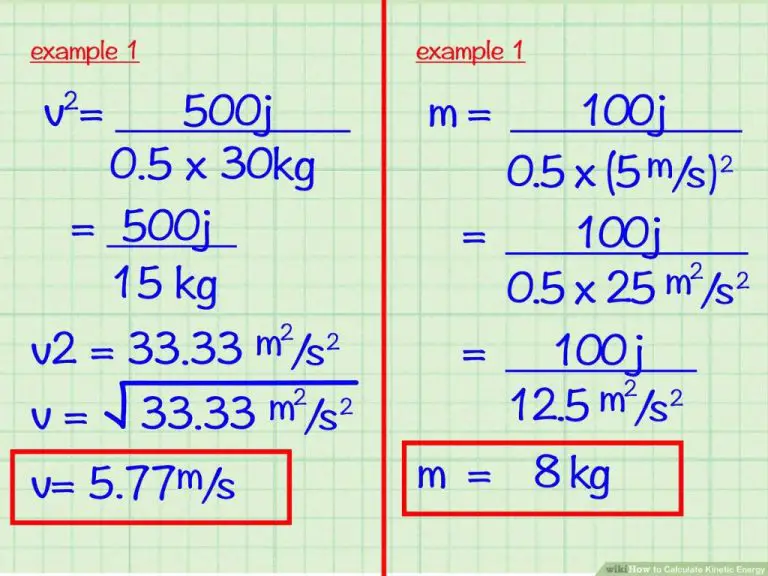Do Air Fryers Use Less Electricity Than A Microwave?
Introduction
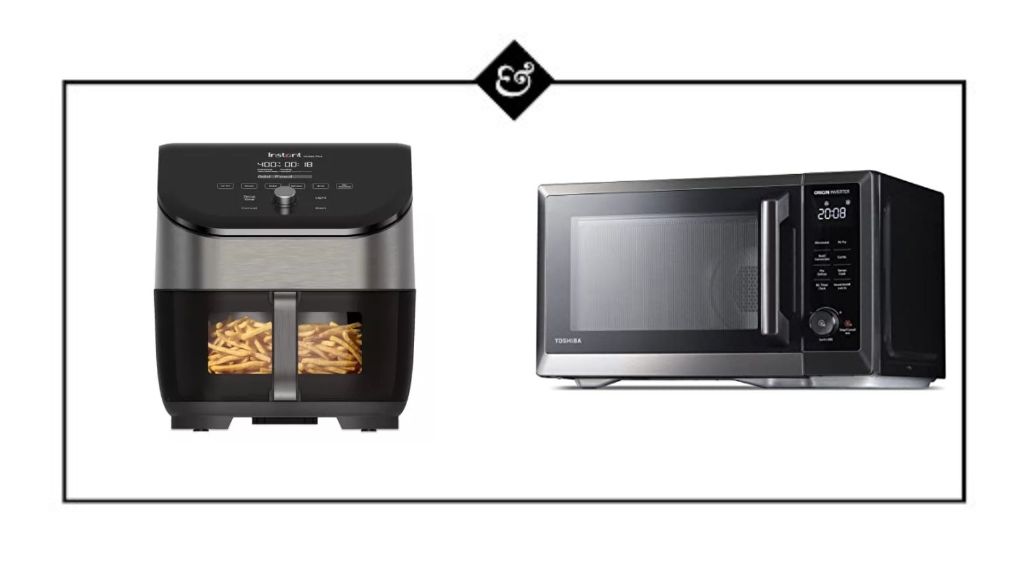
Air fryers have become an extremely popular kitchen appliance in recent years. Their ability to make crispy fried foods using little to no oil has made them a favorite for health-conscious cooks. But how do they compare to a kitchen staple like the microwave when it comes to electricity usage? This article will examine how air fryers and microwaves work, their respective power demands, and which one ultimately uses less electricity overall. Our thesis is that air fryers generally use less electricity than a microwave oven when cooking similar amounts of food.
How Air Fryers Work
Air fryers use rapid air circulation and high heat to cook food quickly and evenly without the need for oil. Contrary to their name, air fryers don’t actually fry food. Instead, they work more like a convection oven, circulating hot air around the food to produce a crispy finished product similar to deep-frying. The air fryer’s rapid air technology and convection heating allows food to cook fast, while using little to no oil.
Inside the air fryer, a heating element and fan rapidly circulate hot air up to 200°C or more. The food sits in a perforated basket, allowing air to flow around all surfaces. This constant flow of high heat enables food to cook very quickly, up to twice as fast as a conventional oven. The circulating air gives a crispy, fried texture and browning to foods. While oil can be used to enhance taste, air fryers can produce crispy “fried” results without submerging food in oil like traditional deep frying.
How Microwaves Work
Microwaves work by using electromagnetic radiation in the microwave frequency range to heat food. When the microwave is turned on, electricity powers a magnetron which generates microwaves at a frequency of 2.45 gigahertz (GHz). These microwaves are then guided into the interior microwave cavity where the food is placed.
Inside the microwave, the water molecules in the food absorb the microwave energy, causing them to rotate rapidly back and forth. This molecular movement generates friction and heat, which cooks the food. The fats and sugars in food also absorb microwave energy and produce heat. However, microwaves do not penetrate deeply into thicker foods, so the heat is generated near the surface of the food and relies on conduction to slowly spread into the interior. This is why microwave-cooked foods can sometimes be very hot on the edges but still cold in the middle.
Overall, microwaves use focused electromagnetic radiation to excite water molecules and generate heat, allowing food to be cooked quickly, though often unevenly when not stirred or turned (Source).
Air Fryer Power Consumption
Air fryers typically range in power consumption from 800 watts on the low end up to around 1800-2000 watts on the high end. The average air fryer will use between 1200 to 1500 watts while operating (cite: https://blog.ecoflow.com/us/how-many-watts-air-fryer-use/). Smaller capacity air fryers that are 2-3 quarts will be on the lower end around 800-1200 watts. Larger capacity models that are 5-6 quarts or have multiple cooking racks will be on the higher end around 1500-1800 watts.
For example, a popular mid-sized 3.7 quart air fryer like the Cosori Air Fryer Max XL is 1200W. A larger 5.8 quart air fryer like the Ninja Foodi 2-Basket Air Fryer is 1500W. So the wattage tends to scale with capacity, but 1200-1500W is typical for a standard-sized single basket air fryer (cite: https://www.bluettipower.ca/blogs/home-backup/how-many-watts-do-air-fryers-use).
Microwave Power Consumption
On average, most residential microwaves range from 800 to 1,000 watts in power consumption. However, bigger models can go up to 1,200 or more watts. According to one source, https://www.anker.com/blogs/home-power-backup/watts-microwave-use, the typical wattage of a residential microwave is around 1,000 watts. This allows the microwave to heat food quickly by emitting microwave radiation that excites water molecules in the food, generating thermal energy.
The wattage rating refers to the microwave’s power input, which is the maximum amount of electricity it can draw. This doesn’t mean the microwave constantly runs at full power. When cooking, the power cycles on and off to regulate the temperature. So the actual electricity used will depend on the power level and time settings.
Cooking Time Comparison
When comparing cooking times, air fryers and microwaves each have advantages depending on the type of food being prepared. Microwaves generally cook faster than air fryers for many foods. For example, microwaving a frozen dinner may take just a few minutes, while air frying it could take 15-20 minutes.
However, air fryers may cook some foods faster than microwaves. This is especially true for foods like fresh or frozen french fries, chicken wings, and other items that get crispy and browned in an air fryer. The circulating hot air can achieve a similar result to deep frying in less time than microwaving. According to one source, a dish taking 20-30 minutes in an air fryer may need only 10-15 minutes in a microwave.
So while microwaves tend to cook faster overall, air fryers can be quicker for foods where crispiness and browning are desired. The best cooking time depends on the specific food item and the results you want to achieve.
Electricity Used Per Meal
When comparing electricity usage for cooking common meals in an air fryer versus a microwave, the air fryer generally uses less electricity.
For example, cooking a 2-pound batch of frozen french fries takes about 15-20 minutes in an air fryer, using around 0.3-0.4 kWh of electricity. The same amount of fries takes about 6-8 minutes in a microwave, but uses about 0.6-0.8 kWh of electricity.
Baking a 12-inch frozen pizza takes roughly 15 minutes in an air fryer, using around 0.4 kWh. Microwaving that pizza takes about 6-8 minutes but can use 0.8-1 kWh.
Cooking a whole frozen chicken breast (8 oz) takes approximately 25 minutes in an air fryer, using about 0.5 kWh. Microwaving it takes 10-15 minutes and uses 0.6-0.9 kWh of electricity.
Across common frozen and convenience foods, air fryers generally use about 25-50% less electricity compared to cooking the same items in a microwave oven in less time.
Efficiency and Energy Savings
Air fryers can cook food using less energy than a microwave due to their rapid air circulation system. Air fryers work by circulating hot air around the food at high speeds, allowing food to cook quickly and evenly. This rapid airflow means the air fryer doesn’t need to continuously generate as much heat to cook the food.
According to Money Week, an air fryer uses about half the energy of a microwave oven to cook the same quantity of food. The rapid circulation of air allows food to cook faster compared to the slower heat penetration of a microwave. So while a microwave may be generating 1000+ watts of power continuously during cooking, an air fryer may only need around 800-1400 watts but for a shorter period of time.
In summary, the efficient air circulation system of air fryers allows them to cook food using less energy than microwaves which rely solely on generating heat internally. So air fryers can provide energy savings for home cooking.
Other Factors
There are several other factors that can impact the electricity usage of an air fryer versus a microwave when cooking or reheating food, including:
Size: Larger capacity air fryers or microwaves will use more electricity than smaller models. For example, an 1800W air fryer will consume more power than an 800W model to cook the same food.1
Settings: Higher heat and fan settings on an air fryer will require more electricity. Microwaves that have power levels or defrost settings may also use varying amounts of energy depending on the setting used.
Food type: The type of food being cooked impacts energy use. Reheating a plate of leftovers may take less energy in the microwave, while frying fresh french fries may be more efficient in the air fryer.2
Conclusion
To summarize, while air fryers and microwaves have differences in how they cook food, when examining only electricity usage they are fairly comparable. The average air fryer uses around 1500 watts of electricity, whereas the average microwave is about 1000-1500 watts. Air fryers may use slightly more electricity overall because cooking times can be a bit longer. However, cooking similar items in each appliance generally results in similar energy consumption. Where air fryers shine is in producing foods that taste fried without all the oil. This provides a healthier cooking option over deep frying while still using about the same amount of electricity. Just take care not to overuse the air fryer, as longer cooking times will increase electricity usage. In the end, it comes down to choosing the right appliance for your specific cooking needs. Both microwaves and air fryers can cook food using relatively low electricity. Focus more on your lifestyle, diet, and the types of meals you want to prepare when deciding between these popular kitchen appliances.

